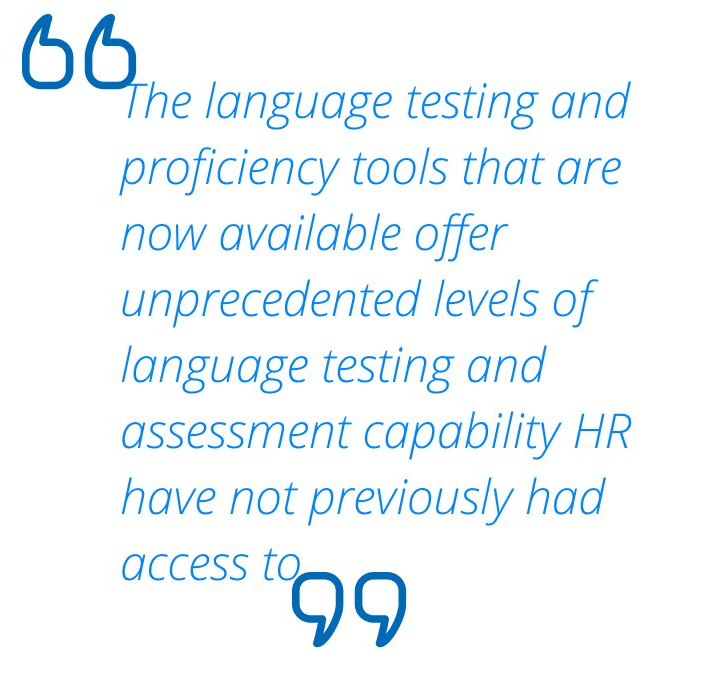The tech stack that HRs are now using has evolved to a suite of applications that offer a range of features. However, when language testing and proficiency assessments are needed, these can often be lacking in the tech stack in use. Businesses continue to invest in their HR tech, as HR Research concluded in their recent findings that found nearly half (46%) of HR departments have a robust HR tech stack. Almost two-thirds (63%) agree or strongly agree that their HR tech stack increases HR efficiency and productivity.
HR’s have multiple roles they must fulfill, from hiring and onboarding to payroll, health and safety plus dispute resolution and developing employee learning. With this multifaceted role, digital tools that offer a level of automation have become very popular. The key is to integrate these digital tools into any existing analog systems that may still exist. One of these systems is often language testing and proficiency assessments.
DocuSign found that 84% of respondents benefitting from a moderate amount of their complex software’s total potential. However, the respondents identify two clear areas to improve: additional time for technology training (44%) and more intuitive software (44%). Also, automating specific processes was high on the HR tech development roadmaps for respondents. Here, including automated language proficiency testing in the HR tech stack can profoundly impact HR efficiency and recruitment outcomes.
The report from IBM also concluded: “CEOs and CHROs understand that attracting and retaining the best talent is critical to the success of the enterprise. For companies to thrive, talent acquisition is a strategic endeavor that prioritizes speed and accuracy. In HR 3.0, organizations use AI across the talent acquisition domain to attract new and novel talent based on targeted skills, enhance the employer brand, and personalize every candidate experience.”
For HR professionals, the digital transformation of their tools is ongoing and accelerating. HR is now seen as a strategic component of a business's overall tactical development. And as enterprises re-draw their digital transformation roadmaps in the wake of COVID-19, HR must have the capabilities to support those plans. Digital tools that including language assessments where this is needed are an essential element of HR 3.0, which will influence how businesses locate, test, onboard, and enhance their workforces.










